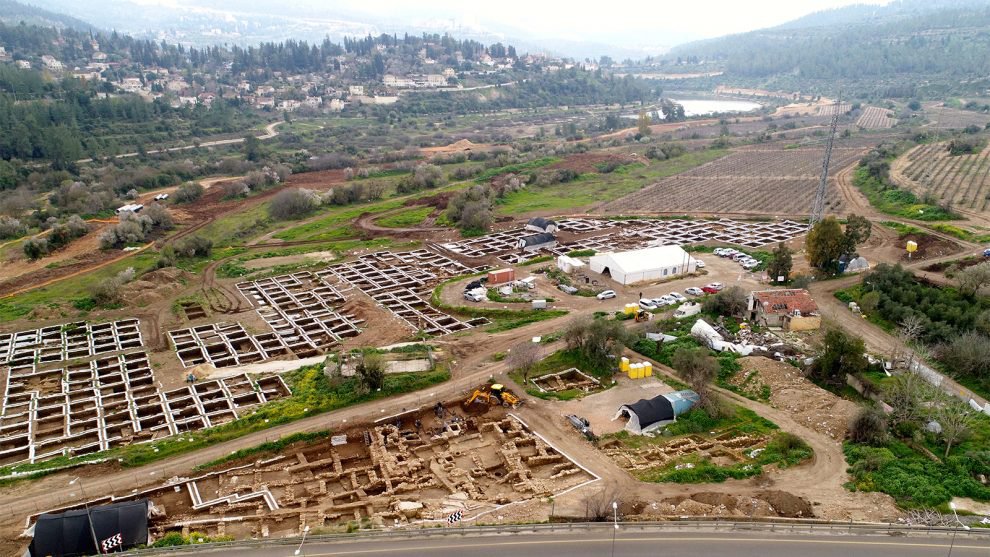The region around Jerusalem has a long history of religious practices.
Those practices might date back to the Stone Age.
The people who lived in a recently discovered 9,000-year-old city just outside present-day Jerusalem were likely people of faith, according to an archaeologist who co-led the excavation.
“They carried out rituals and honoured their deceased ancestors,” Jacob Vardi, an archaeologist who co-directed the excavation, told Religion News Service.
Discovered during an exploratory dig prior to the construction of a new road five kilometers from Jerusalem, the city dates back to the Neolithic Period, also known as the New Stone Age. It predates the first known settlement in Jerusalem by about 3,500 years.
The Israel Antiquities Authority, which unveiled the site on 16th July, said 2,000 to 3,000 people lived in the ancient city, “one of the largest of its kind in the region”.
This is the first time a prehistoric settlement from this time period has been discovered in central Israel.
Scientists had believed “the Judea area was empty” of settlements from this time, the Israel Antiquities Authority said in a statement.
“Instead of an uninhabited area from that period, we have found a complex site, where varied economic means of subsistence existed, and all this only several dozens of centimeters below the surface,” the authority said.
During the 16-month excavation, archaeologists discovered large buildings, separated by well-planned alleys, used for residential and public purposes.
Some of the buildings contained plaster remnants.
Pieces of jewelry (including bracelets made of stone and mother of pearl), figurines, locally made flint axes, sickle blades, knives and thousands of arrowheads were also unearthed.
Read the article by Michele Chabin in Sight Magazine.

